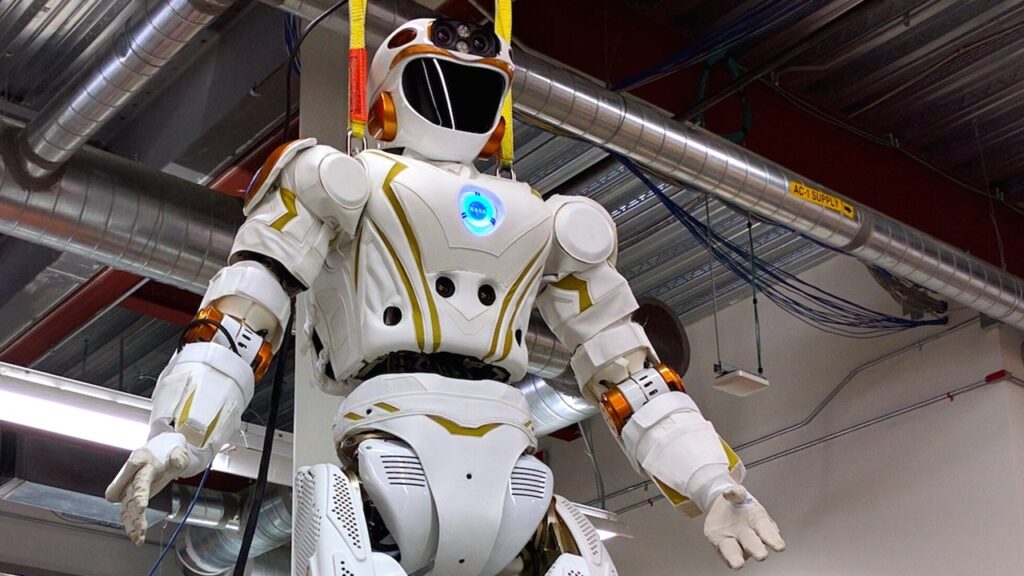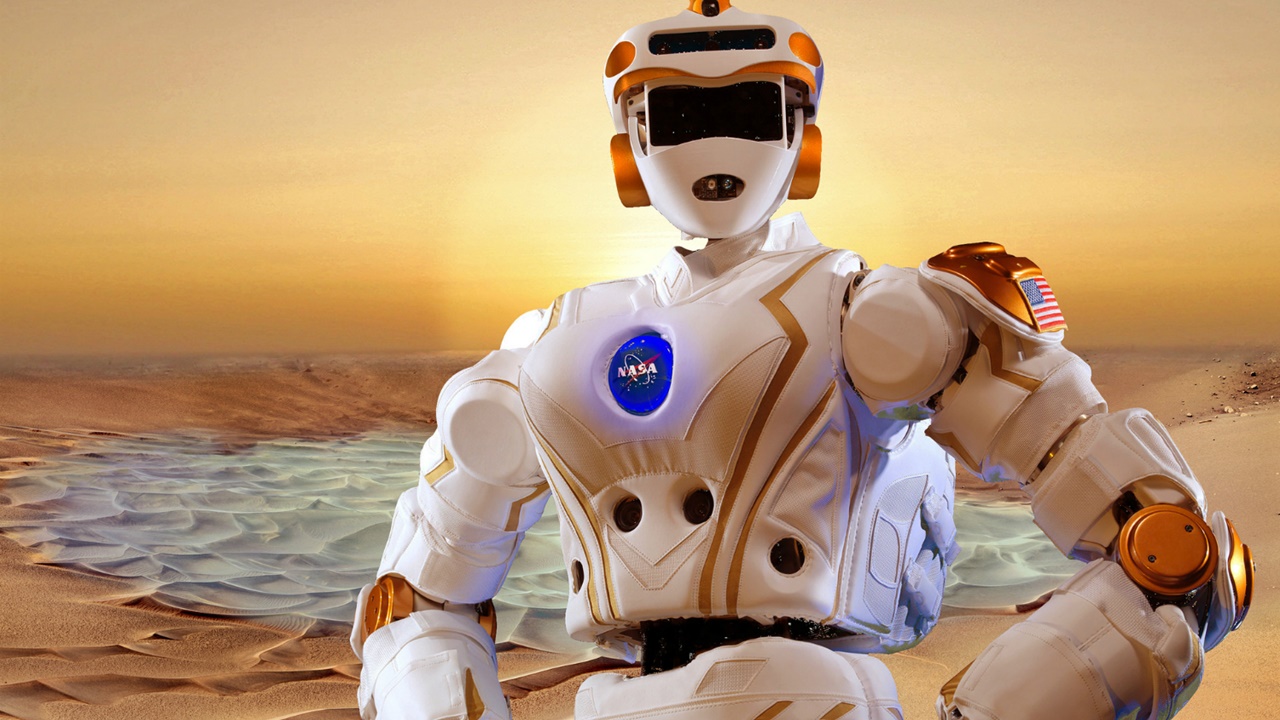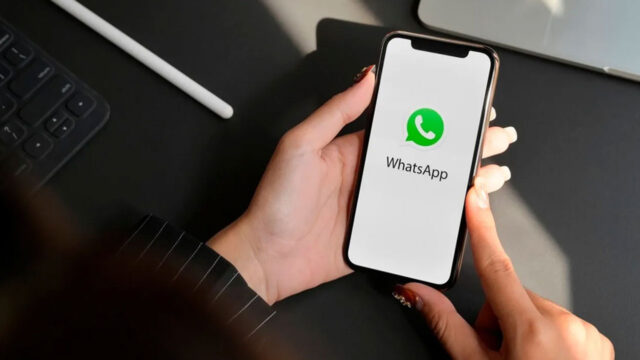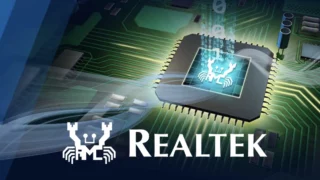NASA’s humanoid robot Valkyrie continues to spread its wings around the world. The robot, which has been undergoing testing since last year, will now be put to the test on Australian soil. As part of its new mission, Valkyrie is expected to perform maintenance on energy facilities that are not connected to land.
Challenging mission for NASA’s Valkyrie humanoid robot
A new mission with Woodside Energy will show what Valkyrie can do. Under the agreement, the robot will demonstrate its ability to maintain NASA’s unmanned facilities. It will be tested in Australia before being used in space.

Valkyrie, which began development about ten years ago, is designed to provide NASA with data from space. The robot, which is designed to carry out unmanned operations in regions such as Mars and the Moon, is being tested in various parts of the world to measure its capabilities.
NASA sees the new agreement as an opportunity to improve the design of robots that can operate effectively in hazardous conditions. The collaboration with Woodside Energy will also provide training for the Artemis lunar missions.
Valkyrie is one metre tall and has been in development for ten years. Although it has had performance problems in the past, NASA is optimistic about its capabilities. The humanoid robot is powered by an Intel Core i7 processor and a 1.8 kWh battery that will keep it running for about an hour.
Its head can move three degrees and it has four fingers. NASA also wants the robot to be a companion for astronauts on long missions, rather than just a piece of machinery.














